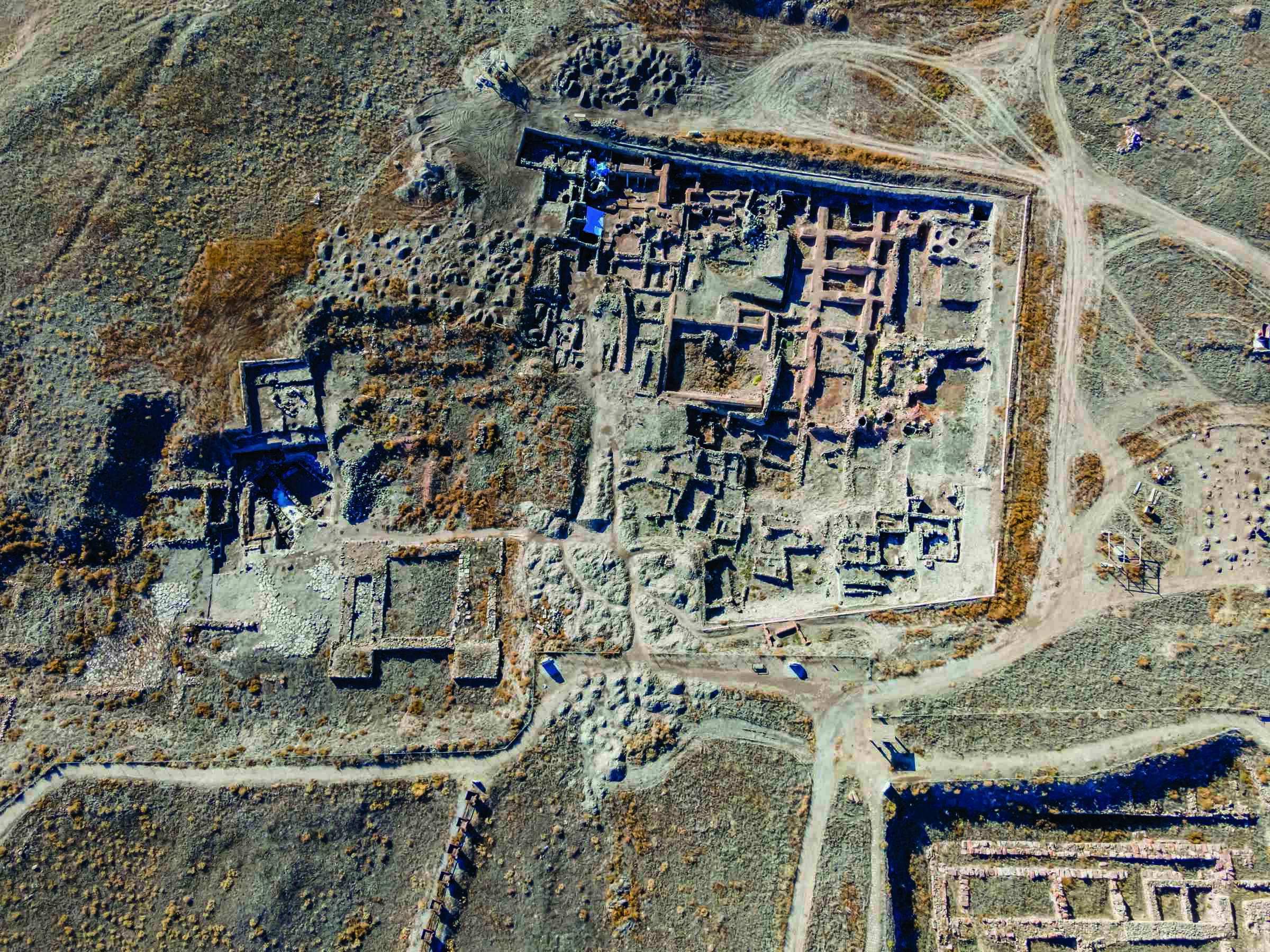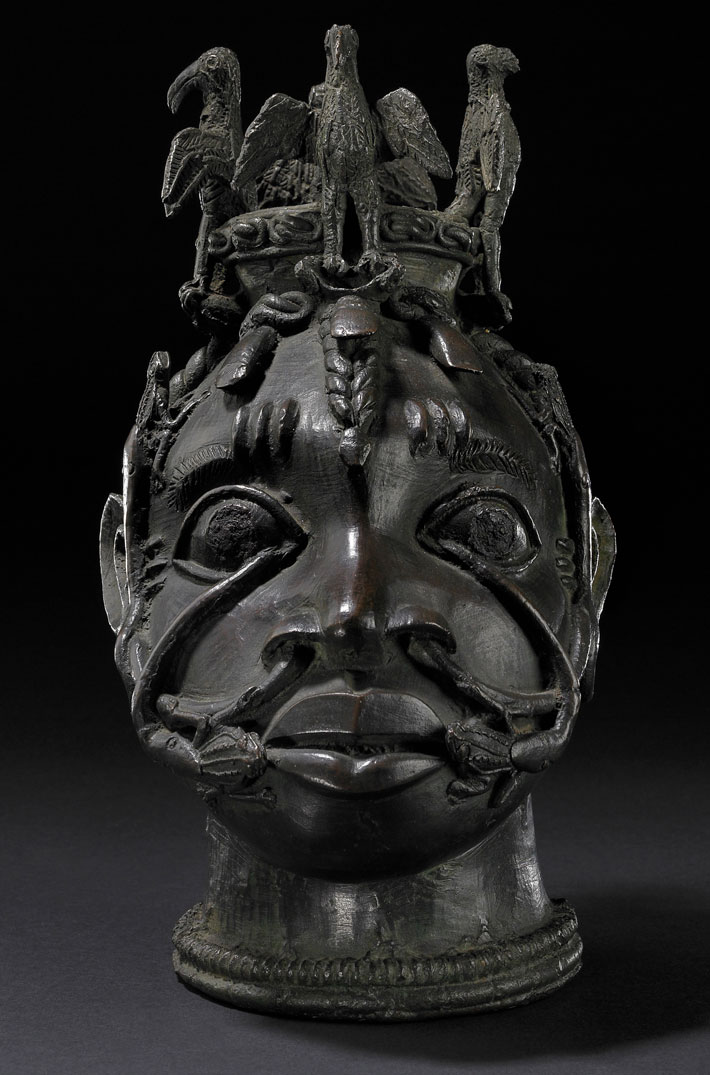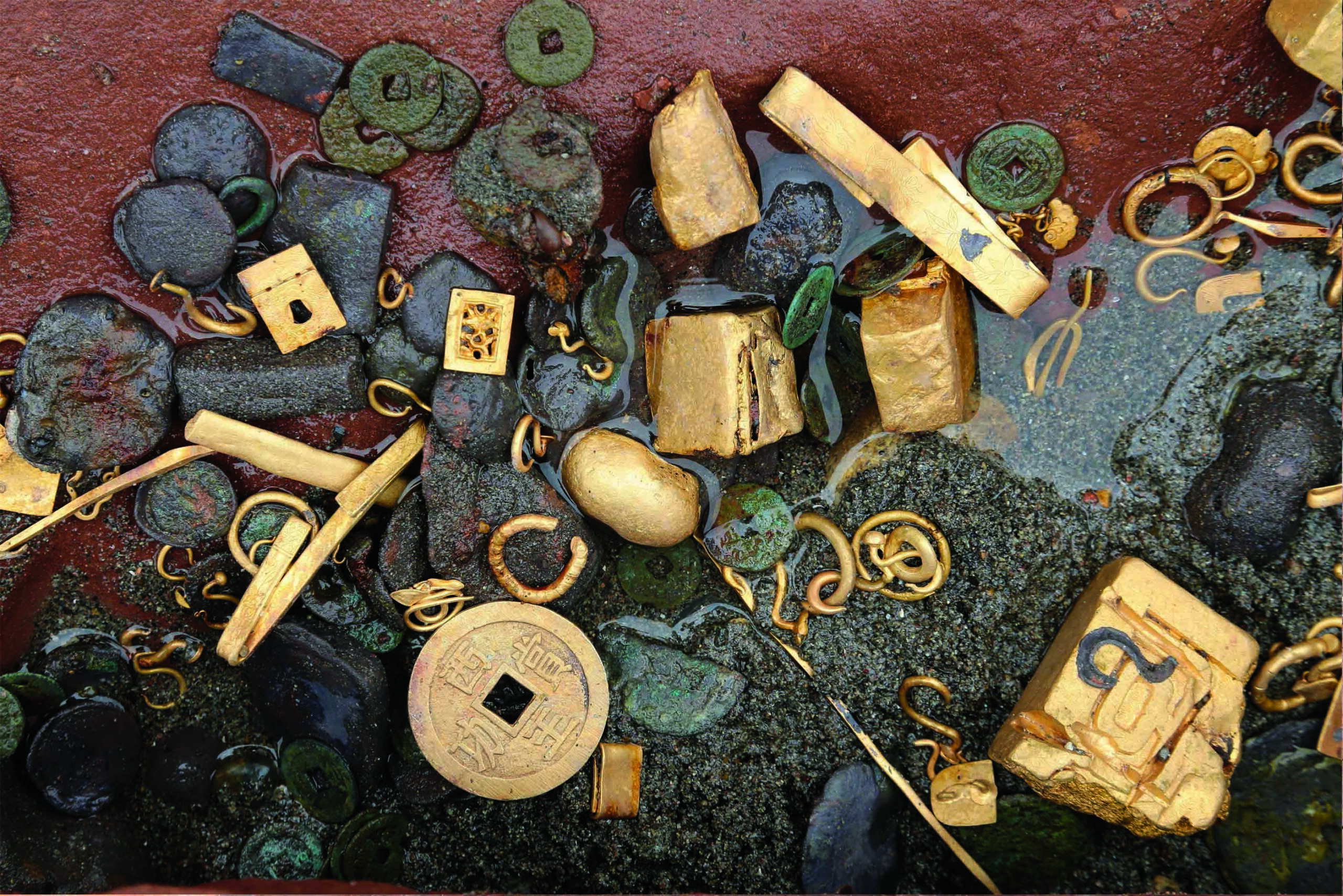VALLADOLID, SPAIN—A re-examination of 6,000-year-old human bones from more than two dozen men, women, and children recovered from two large Neolithic stone tombs known as Los Zumacales and La Cabaña has determined that many of the corpses had been defleshed and most of their bones had been fractured around the time of death, according to a Live Science report. It had been previously thought that the bones had been manipulated after some time had passed. In particular, arm bones were found to have “butterfly-shaped” fractures created by applying force perpendicularly to fresh bone. Impact marks indicate that they had been hit with percussive or banging force, while V-shaped cut marks on the bones may have been made by stone tools used to remove flesh. “It is difficult to interpret the motivation for these practices,” said archaeologist Angélica Santa-Cruz of the University of Valladolid. Manipulation of the corpses may have been intended to accelerate decomposition, while some of the bones may have been used as relics. The marks could also be signs of funerary cannibalism, she added. To read about the earliest evidence of Baltic amber in Iberia, go to "Around the World: Spain."
Fractured Human Bones From Neolithic Tombs in Spain Analyzed
News December 18, 2023
Recommended Articles
Digs & Discoveries May/June 2019
A Fox in the House

Digs & Discoveries July/August 2013
Spain's Lead-Lined Lakes

Letter from France January/February 2026
Neolithic Cultural Revolution
How farmers came together to build Europe’s most grandiose funerary monuments some 7,000 years ago


-
Features November/December 2023
Assyrian Women of Letters
4,000-year-old cuneiform tablets illuminate the personal lives of Mesopotamian businesswomen
 (Attraction Art/Adobe Stock)
(Attraction Art/Adobe Stock) -
Letter from El Salvador November/December 2023
Uneasy Allies
Archaeologists discover a long-forgotten capital where Indigenous peoples and Spanish colonists arrived at a fraught coexistence
 (Courtesy Roger Atwood)
(Courtesy Roger Atwood) -
Artifacts November/December 2023
Sculpture of a Fist
 (Museum of Fine Arts, Boston/Bridgeman Art Library)
(Museum of Fine Arts, Boston/Bridgeman Art Library) -
Digs & Discoveries November/December 2023
The Benin Bronzes’ Secret Ingredient



